Skiing Adventure: France’s Les 3 Vallées
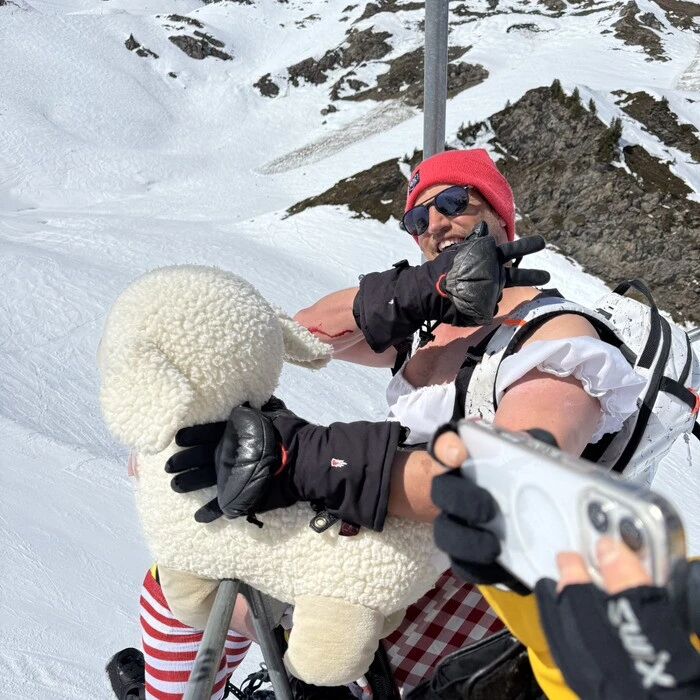
After skiing in Chamonix, drive to the Three Valleys.
France's Three Valleys, known in French as Les 3 Vallées, is comprised of three stunning valleys: Belleville Valley, Courchevel Valley, and Méribel Valley. It is currently the largest ski area in the world, boasting over 400 interconnected ski runs stretching more than 600 kilometers in total, served by nearly 200 lifts—and most of the slopes lie at elevations above 2,000 meters.
It took over two hours to drive here—over an hour of that was spent weaving back and forth on the mountain road, so much so that I felt like I was about to throw up. The has a speed limit of 80 km/h, but in reality, I could barely manage 60 km/h. Meanwhile, many locals were zooming along at breakneck speeds—seriously, they were crazy fast!
By afternoon, we weren’t planning to ski—instead, we exchanged my Ep Pass for a 7-day ski ticket and even snapped a photo with the resort’s mascot right at the entrance.
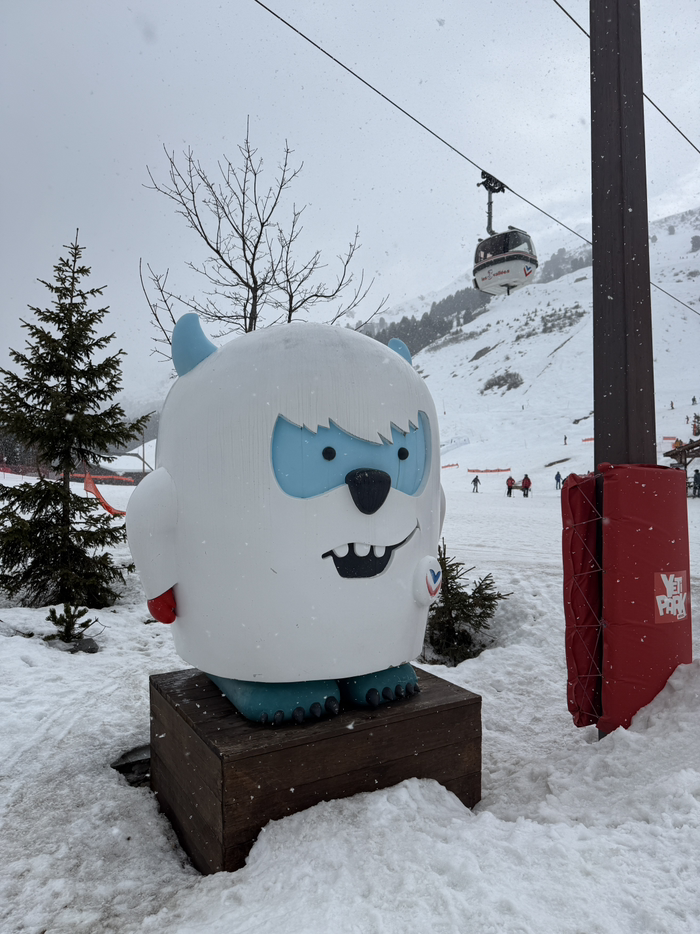
Surprisingly, it's even snowing heavily.
The next day, we hit the slopes.
I’m staying in Meribel, which is nestled in the middle of the valley, so today I’ll start by checking out the largest village, Belleville. The valleys are connected by several cable cars, making it incredibly convenient to get around.
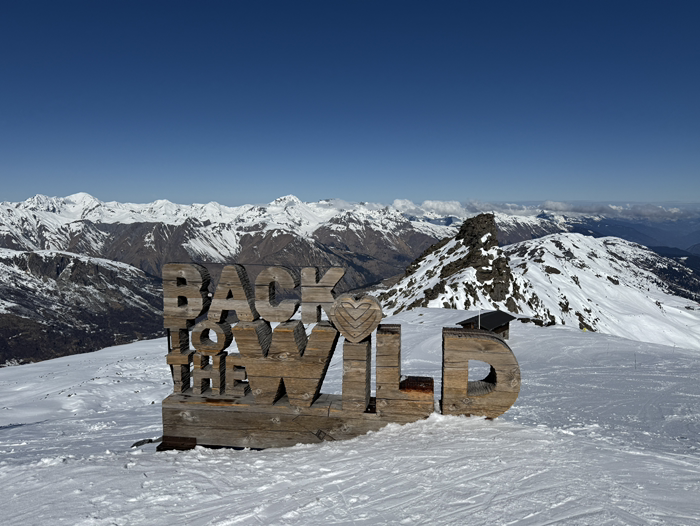
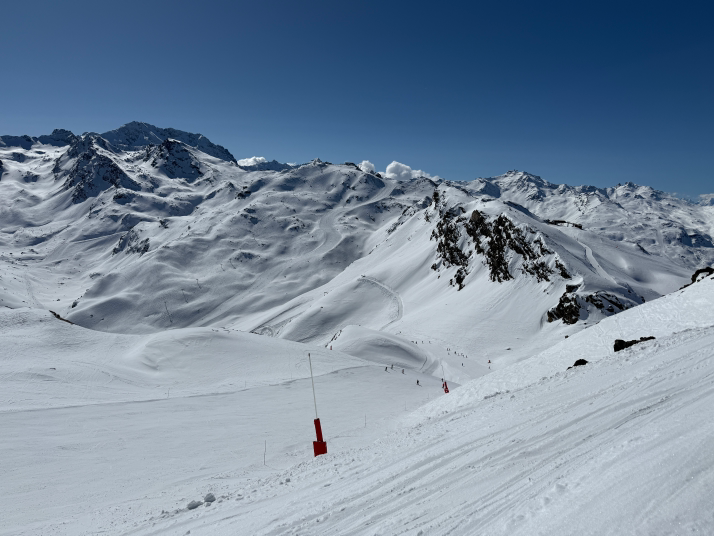
This white expanse is perfect for sliding on.
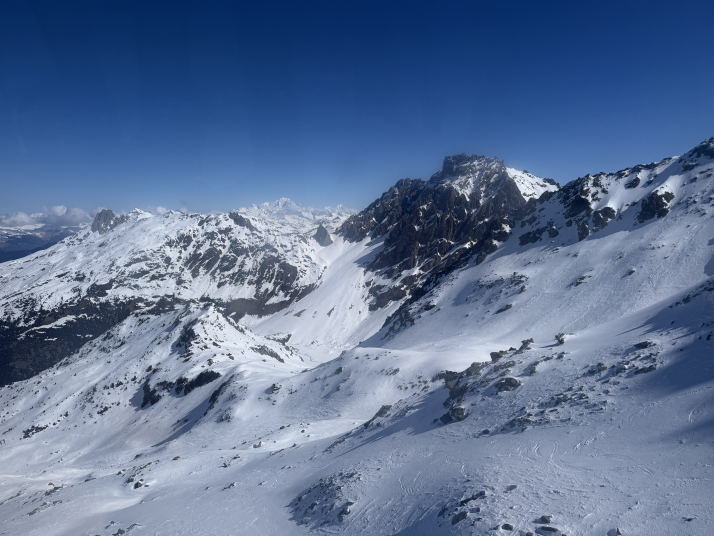
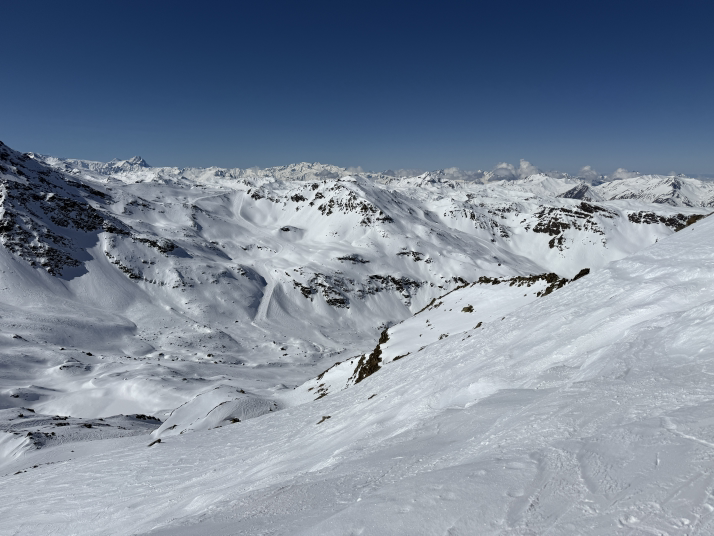
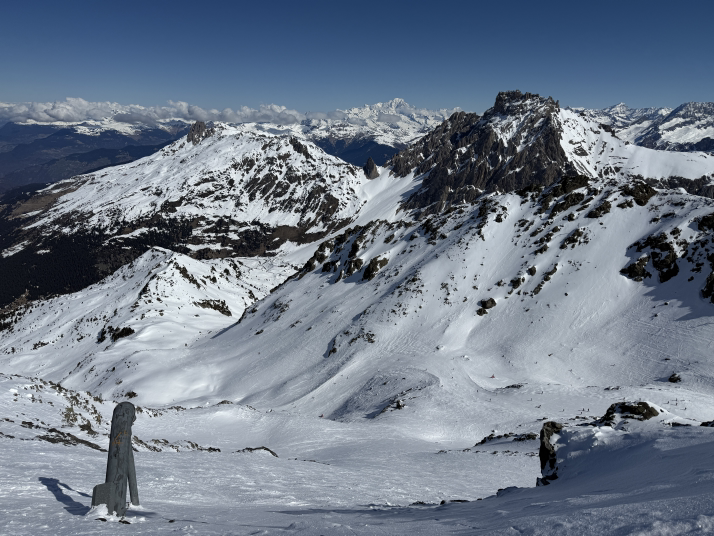
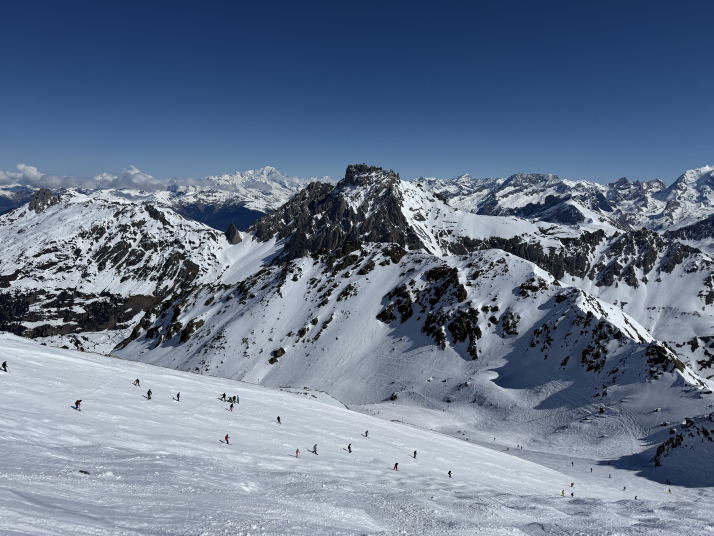
Running into a funny loli uncle.
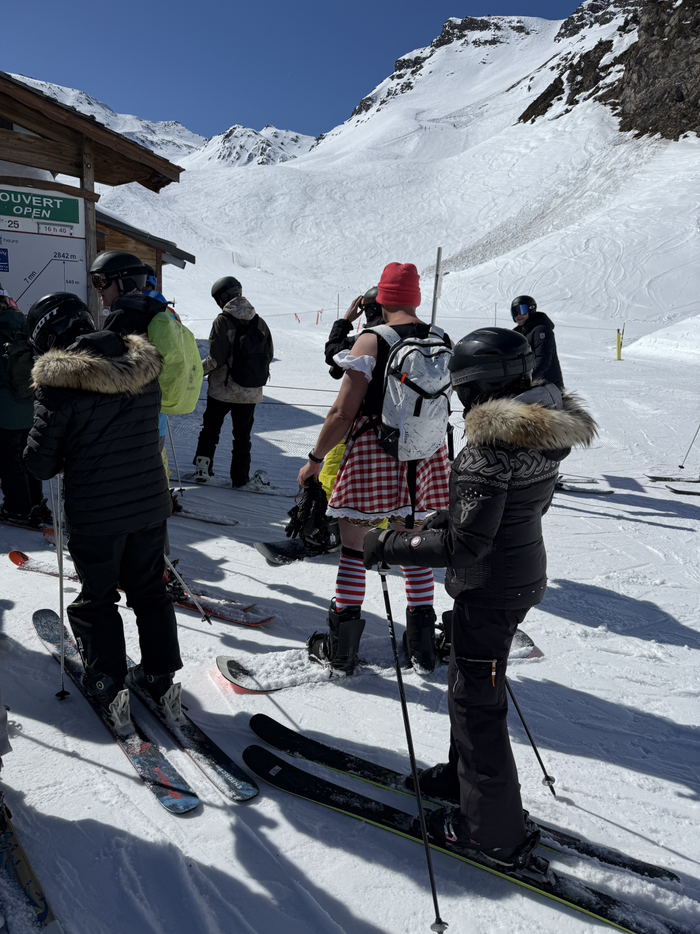
The coolest part is he even cuddled a sheep plushie—it’s so playful!
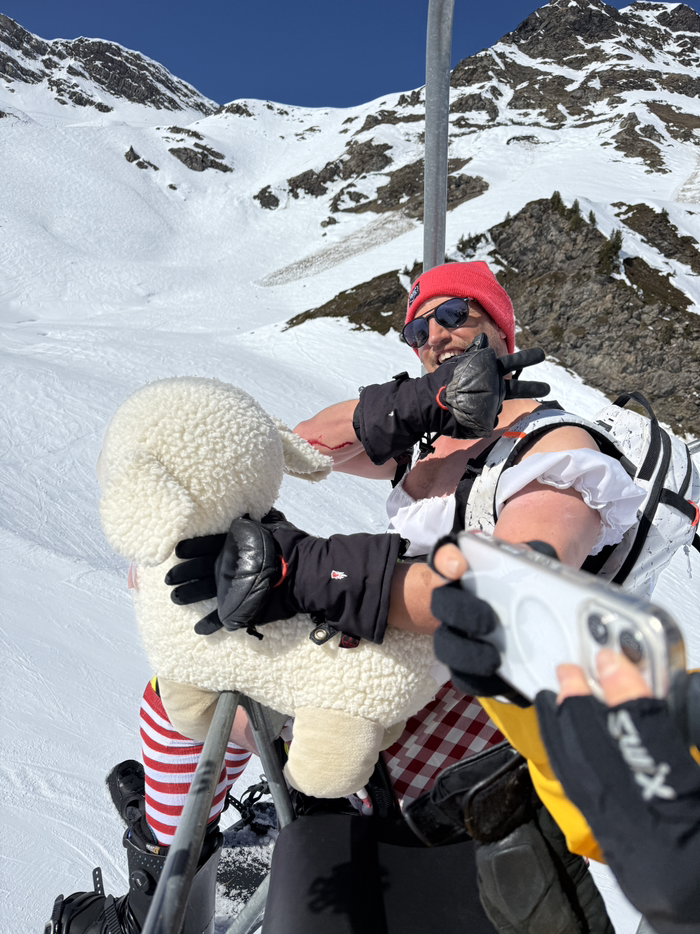
I was already sweating after just a few runs. Like Chamonix—and indeed, all of Europe—skiing conditions here are absolutely perfect: temperatures are almost always above freezing, so it’s nowhere near as bone-chillingly cold as -20 or -30°C in Canada or China.
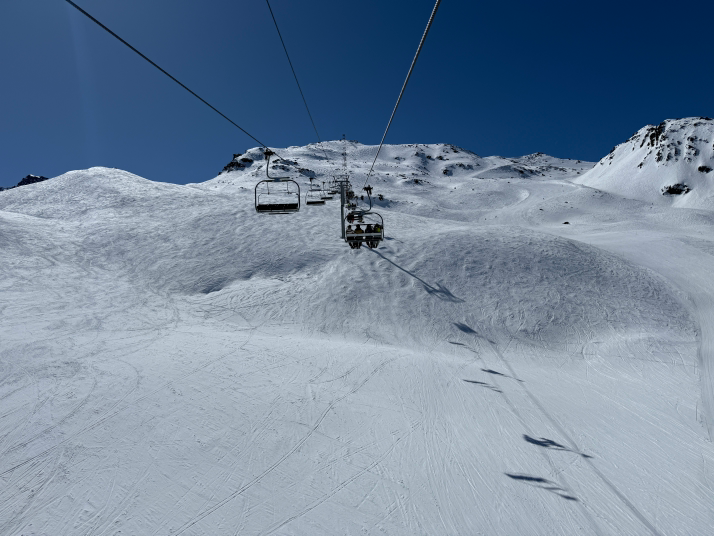
You don’t have to worry about running out of space for dumplings here—no matter how many you make, there’ll always be a bigger pot waiting!
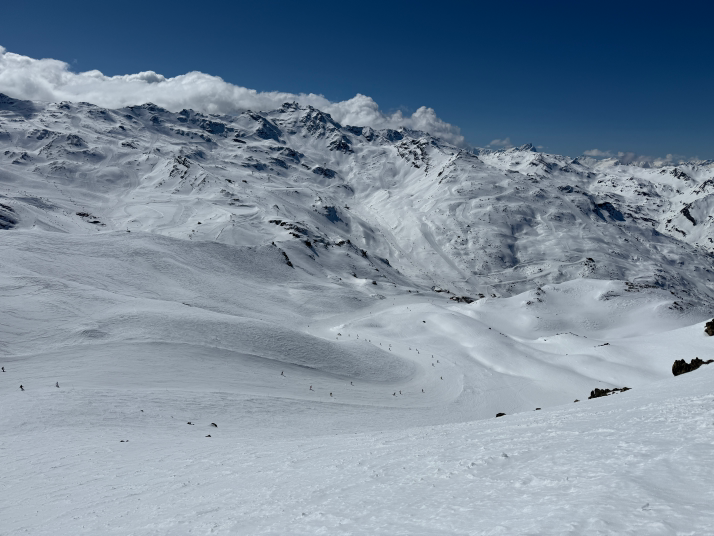
However, after just two runs, I took the wrong trail and was forced to carry my board for several hundred meters—finally making it from this side of the valley to the other one I’d intended to reach. Back in earlier times, these areas would have been covered with enough snow to glide right through without a second thought.
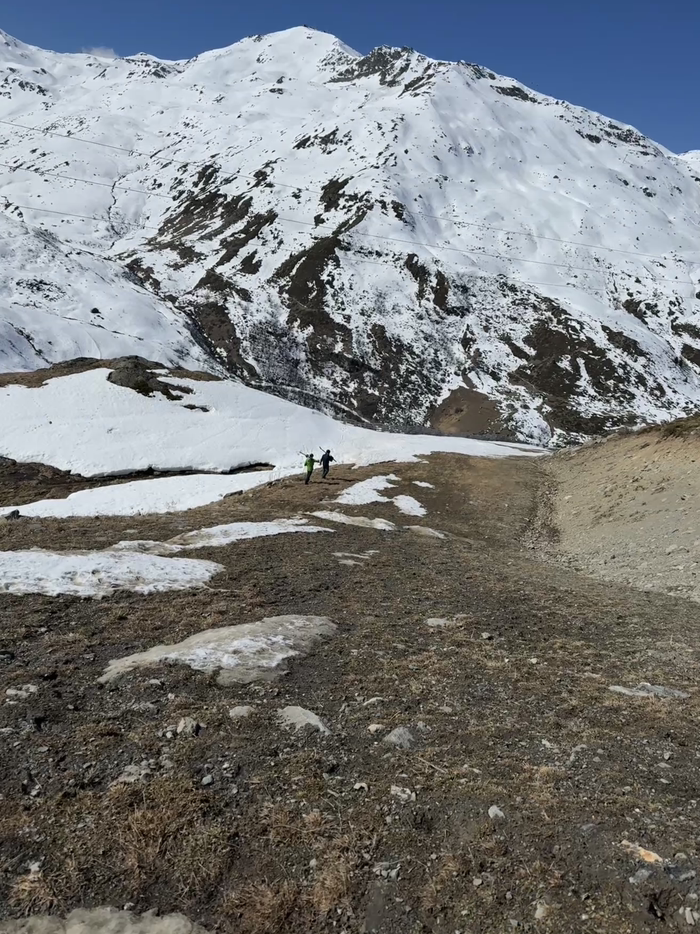
Let’s talk about the snow quality—whether in Chamonix or the Three Valleys, the snow on the slopes is excellent and perfect for carving. However, it tends to turn into sugary snow in the afternoon when it gets too warm.
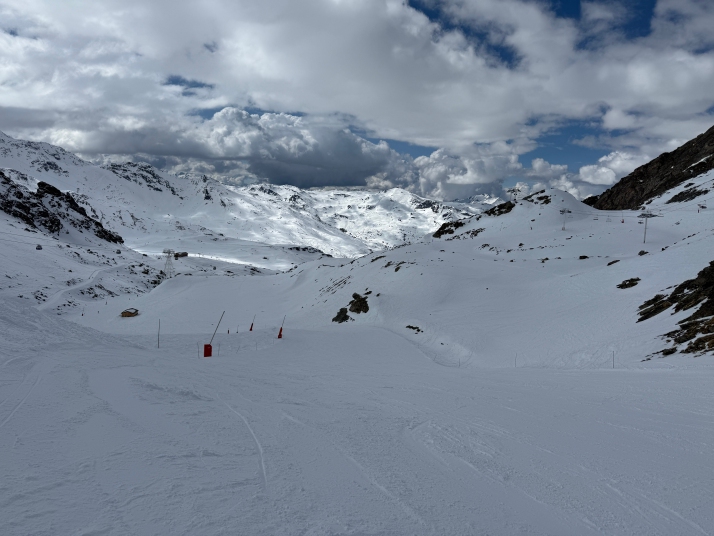
However, the snow off the trail feels bumpy and uncomfortable to slide on due to icy clumps, and even wide boards don’t help.
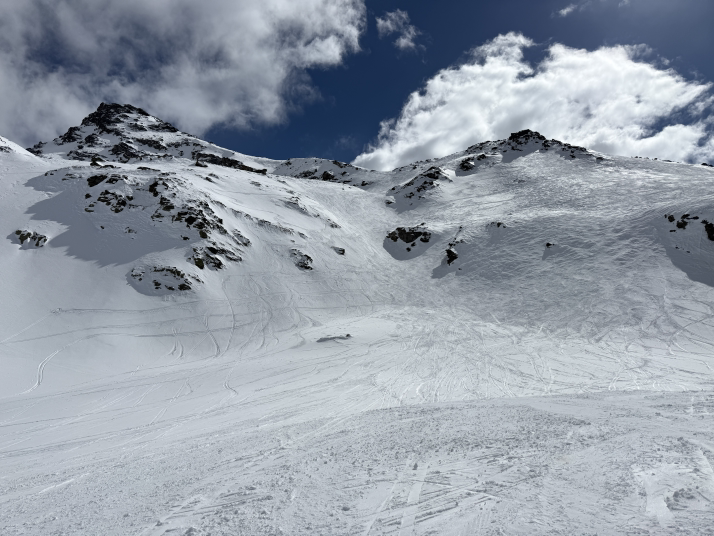
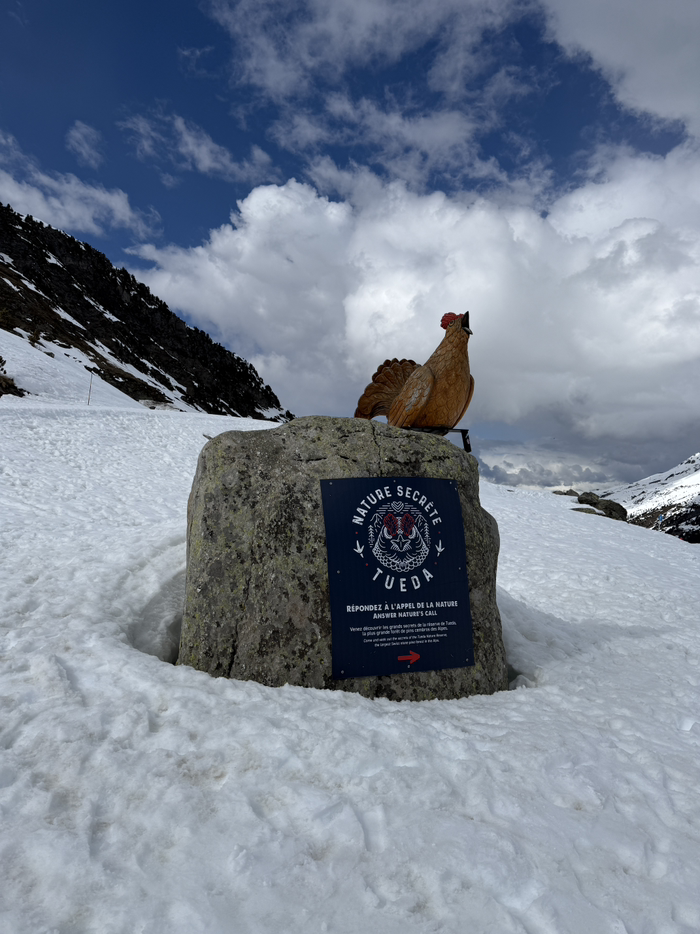
When it was time to wrap up work, I still spotted a large lake—couldn't tell whether it was natural or man-made.
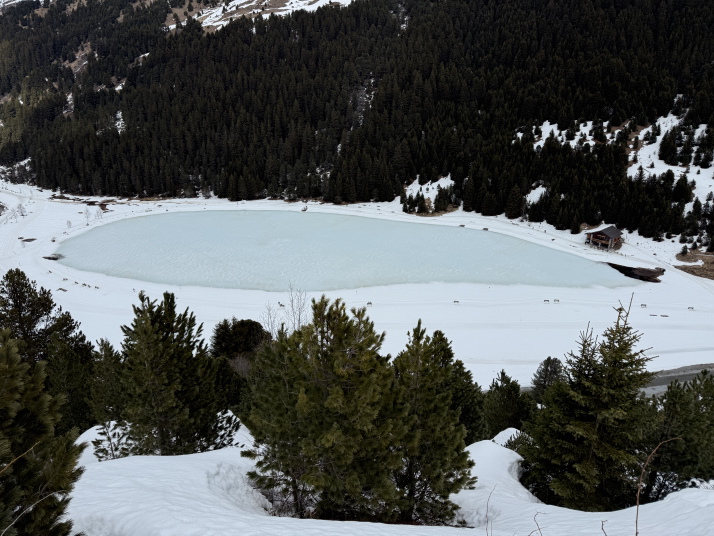
On the third day, head over to Courchevel for a visit.
This slope is big, wide, and perfectly flat—just right for carvin'.
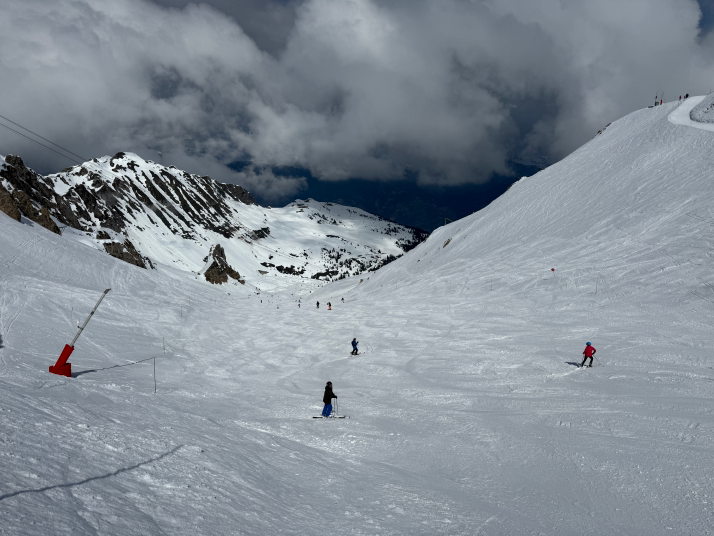
Let’s test by inserting the Insta360 into the snowpack for filming. I’m afraid to go too fast—worried it might knock the pole loose.
All the slopes in the Three Gorges are like this.
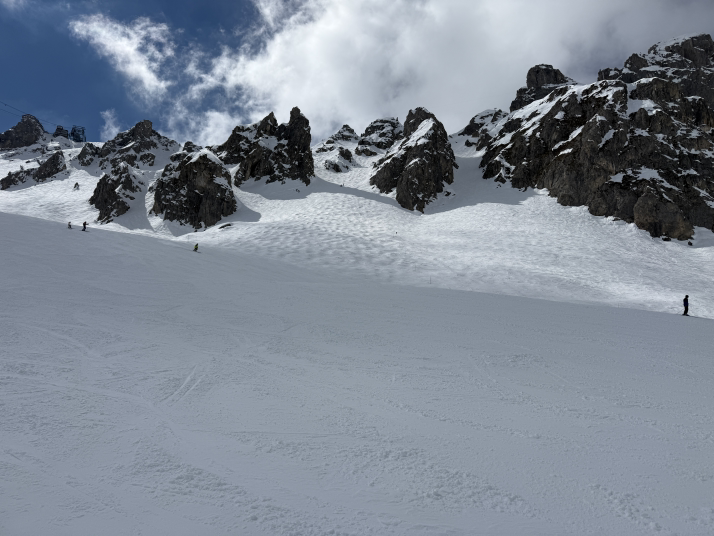
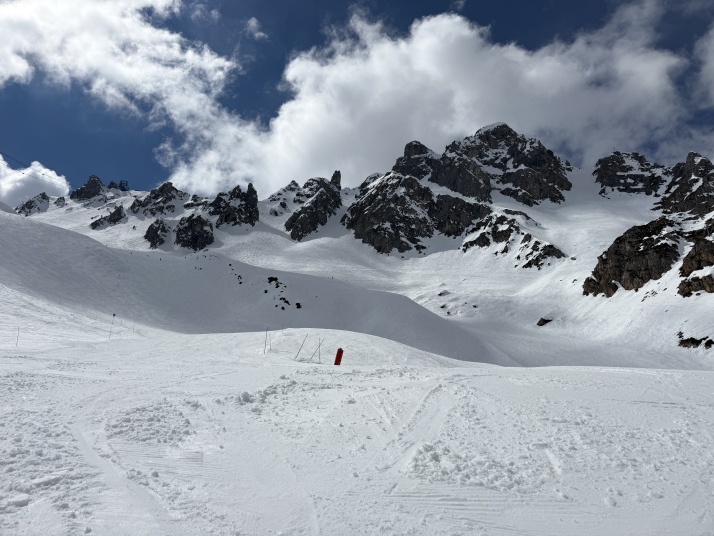
By this point, I’d say the Three Gorges are simply… huge!
Do you see the diagonal black line in the image below? That’s a cable car. In places like the Three Gorges, having dozens of cable cars stretching across such vast distances is nothing unusual.
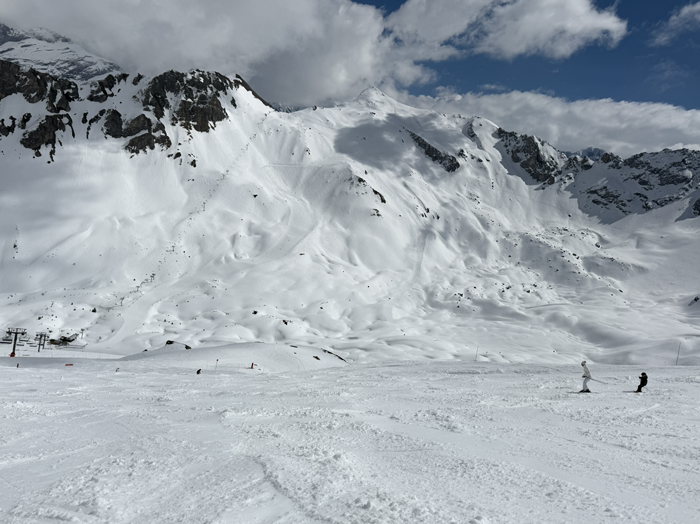
You can't finish sliding—there's just no way to finish.
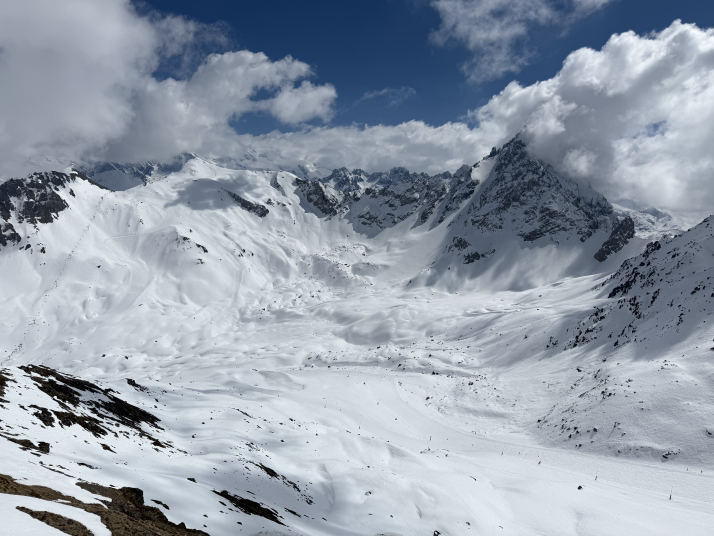
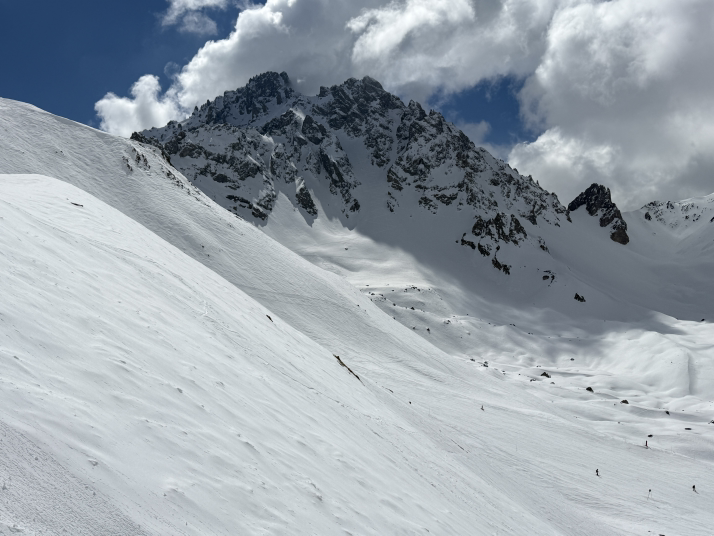
My new shoes still feel tight, so I had them adjusted again when I got back. The French master craftsman worked on them for nearly an hour—and only charged me 30 euros. What a fair and honest price!
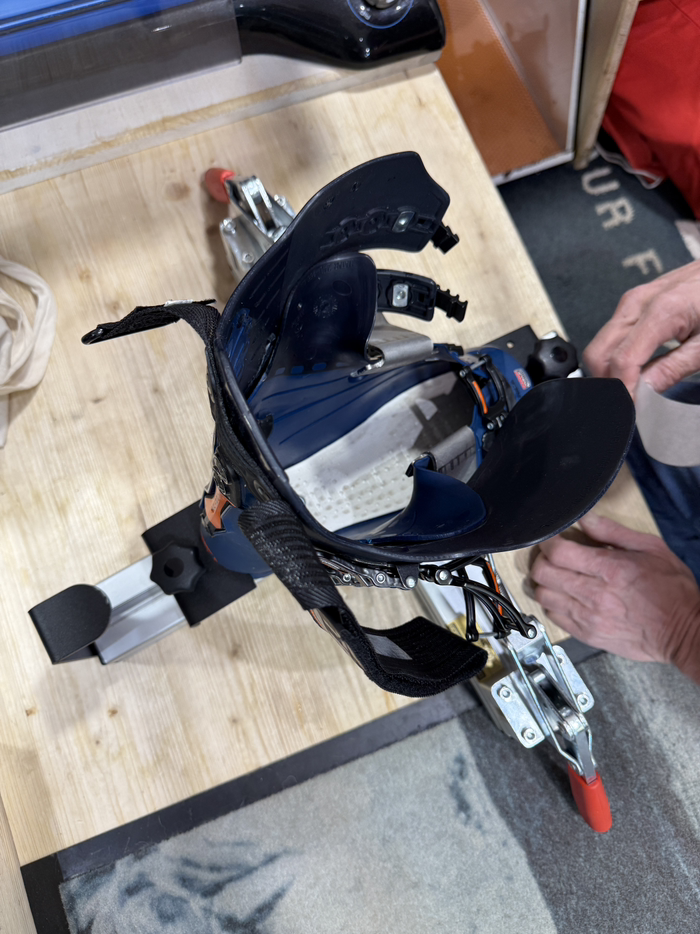
Day four—today, I’m just going with the flow, taking it one step at a time.
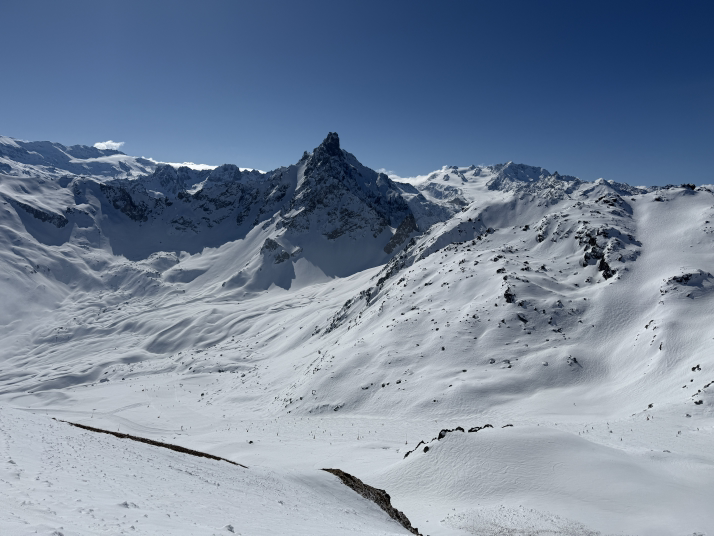
I don’t even feel like taking pictures anymore, because no matter where I shoot, it all looks pretty much the same.
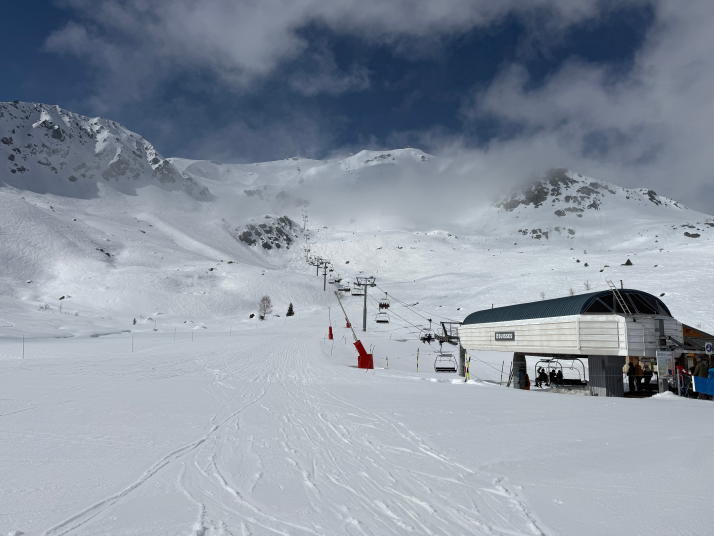
Surprisingly, there’s even an airport here—so friends with planes can simply fly in and hit the slopes!
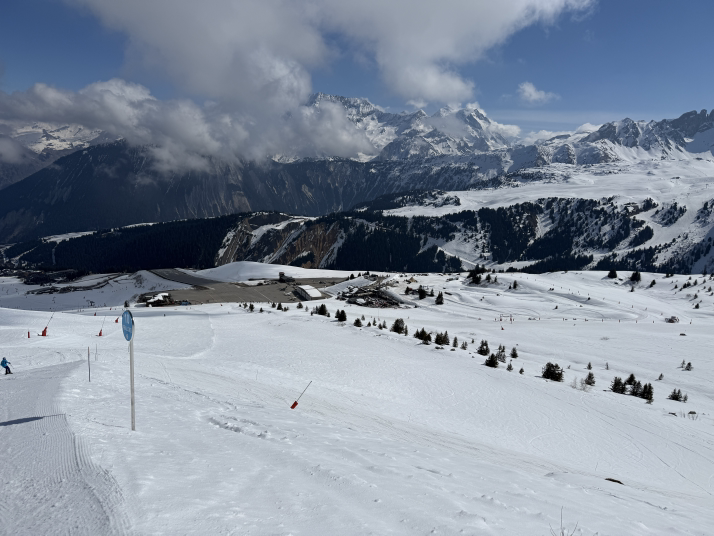
Alright, that wraps up my skiing recap of the Three Gorges. How concise is that? Honestly, there’s not much more to say—just huge terrain, perfect for carvings. The downside? Too little variety in the slopes. Still, it can’t quite measure up to the top three ski resorts currently on my list.
Next stop, the United States.
Related Articles
![[Equipment Purchase] Join a group to buy snowboard gear—come and make plans now!](https://api.zsiga.xyz/mp-weixin-attachment/cover/19/400781745_1.jpg)
[Equipment Purchase] Join a group to buy snowboard gear—come and make plans now!
![[Ski Equipment] Want to buy a pair of skis that’s perfect for you? Let us walk you through the top brands and who they’re best suited for!](https://api.zsiga.xyz/mp-weixin-attachment/cover/19/401160047_1.jpg)
[Ski Equipment] Want to buy a pair of skis that’s perfect for you? Let us walk you through the top brands and who they’re best suited for!
![[Original] No Need to Splurge: A Guide to Shopping for Ski Gear at the Most Successful Store in Ciqikou](https://api.zsiga.xyz/mp-weixin-attachment/cover/19/400462544_1.jpg)